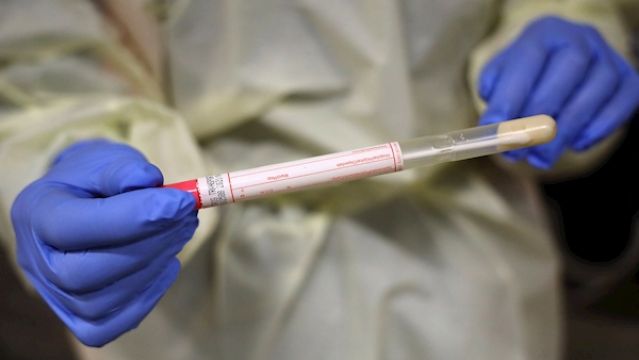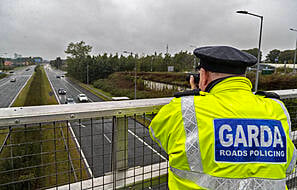The “seroprevalence” study, the first of its type in Ireland, measured antibodies to the SARS-CoV-2 virus, which are an indication of past infection with Covid-19.
The study reported a prevalence of infection of 0.6 per cent in Sligo and 3.1 per cent in Dublin. Based on these results, the Health Protection Surveillance Centre (HPSC) has estimated a national prevalence rate of 1.7 per cent.
Dr Derval Igoe, principal investigator for the study at the HPSC, said: “It is not surprising that a relatively low national seroprevalence of 1.7 per cent was observed here.
This means that the vast majority of people living in Ireland had not been infected with SARS-CoV-2 virus by the time of the study.
“Other countries in Europe, such as Spain and Italy, where there has been a much more intense epidemic, have reported national seroprevalence estimates of 5 per cent and 2.5 per cent respectively.
“This means that the vast majority of people living in Ireland had not been infected with SARS-CoV-2 virus by the time of the study.
“As a society, we need to continue with our public health measures, including physical distancing, respiratory etiquette, hand hygiene and the use of face coverings, until a vaccine for COVID-19 is available.”
More infections
A representative sample of 1,733 people aged 12 to 69 in Sligo and Dublin participated in the study carried out by the HPSC and the National Virus Reference Laboratory (NVRL) in June and July of this year.
Of the 1,733 samples tested, 33 tested positive for antibodies. 28 of these were in Dublin, and five in Sligo. No statistical differences were identified in the prevalence by age group, or between males and females.
Of those who were found to have antibodies, 73 per cent had symptoms that are included in the Irish Covid-19 case definition, such as a fever, cough, shortness of breath, loss of sense of taste or loss of sense of smell.
Using the data from the study, the HPSC has estimated that 59,500 people in Ireland in the 12 to 69 age group had been infected with Covid-19 up to mid-July – three times more than that detected via surveillance of notified cases.
Underestimation of cases of Covid-19 highlights the importance of seroprevalence studies as a complement to case-based surveillance.
Acting Chief Medical Officer Dr Ronan Glynn said: “The low prevalence rate indicates that the measures put in place early, as well as the sensitive case surveillance, testing and contract tracing system, have been effective in minimising community transmission.”
Dr John Cuddihy, Director of the HPSC, added: “According to the World Health Organisation, 80 per cent of all Covid-19 infections are mild or asymptomatic, so some of these cases are unlikely to be detected.”
“Underestimation of cases of Covid-19 highlights the importance of seroprevalence studies as a complement to case-based surveillance. We will be repeating studies on the prevalence of Covid-19 infection over the next year to help us understand how [it] is spreading within the community in Ireland.”







